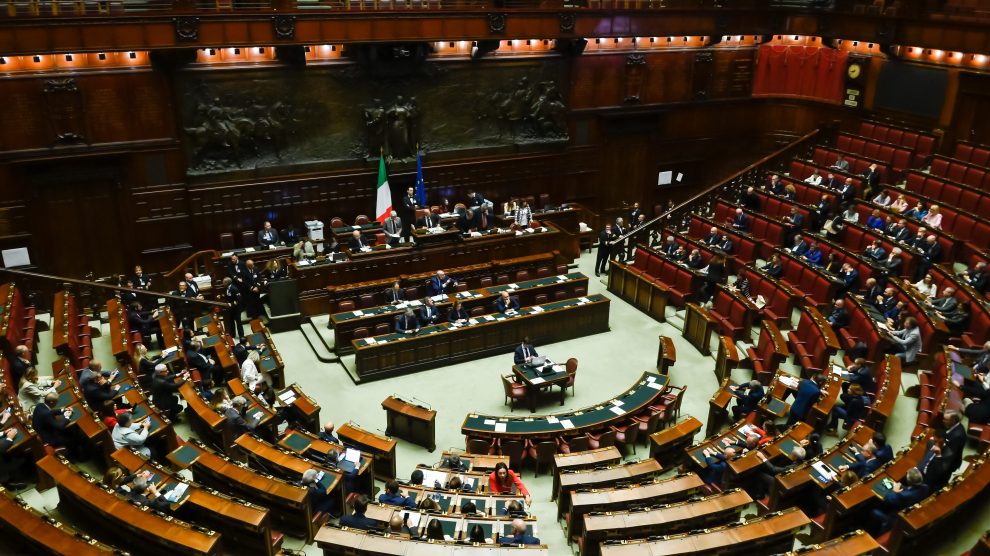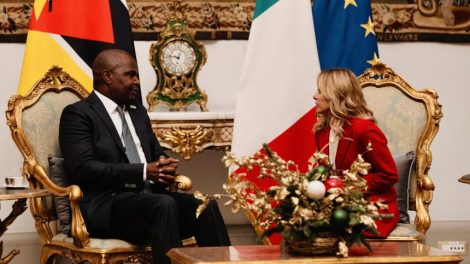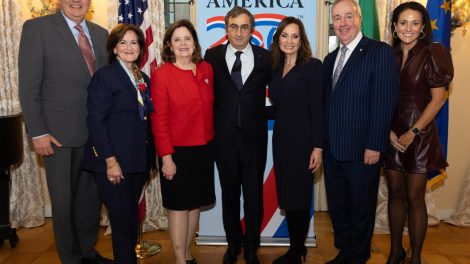Sub-Committee President Paolo Formentini explains: “There is an operational ambition: to do for the Arctic what was done for the Indo-Pacific.”
Why it matters: The programmatic document behind the parliamentary initiative underscores how the Arctic has become one of the most strategic regions on the planet. Global warming is opening new maritime routes and making resources such as gas, oil, and rare earths more accessible, with direct consequences for global balances.
- Yet the growing presence of Russia and China in the region turns the melting ice into a security issue.
- “The entire analytical and awareness framework must be updated: relations with Russia have changed since Moscow’s invasion of Ukraine; Sweden and Finland have joined NATO, and above all, China has entered the region,” says Formentini.
The Polar Route. A recent example came in early October 2025, when the Chinese container ship Istanbul Bridge completed the first regular shipping route between China and Europe along the “Polar Silk Road.”
- Departing from Ningbo-Zhoushan, it reached Felixstowe, Rotterdam, Hamburg, and Gdansk in just 20 days—half the time required for the Suez route. On board: solar energy components and lithium-ion batteries.
- Commercial: cuts time and costs between Asia and Europe.
- Geopolitical: strengthens China’s presence and reduces its dependence on Suez and Malacca.
- Environmental: made possible by melting ice, but at risk for the Arctic ecosystem.
- “It’s clear that the two committees, Arctic and Indo-Pacific, intersect dynamics and interests: Chinese assertiveness is a global issue,” Formentini observes.
Routes and corridors. Formentini links the Arctic dimension to Mediterranean trade routes: “If we’re not attentive, the Mediterranean risks being sidelined. Russia and China might prefer northern routes to connect East and West. That’s why, while the peace process in Gaza seems to be advancing, we must give new momentum to IMEC.”
- The India–Middle East–Europe Corridor is seen as a strategic alternative to chokepoints such as Suez and Bab el-Mandeb.
Strategic vision. Like the Indo-Pacific Committee, the Arctic Committee has a bipartisan composition. “All of this means that Parliament is dealing with crucial issues for the country, regaining centrality in strategic planning,” Formentini concludes.
- The Committee is led by President Paolo Formentini (Lega – League, right-wing), Vice President Andrea Orsini (Fi-Ppe – Forza Italia, center-right), and Secretary Benedetto Della Vedova (Mixed Group – centrist).
- Members representing the government majority include Giangiacomo Calovini, Emanuele Loperfido, and Stefano Giovanni Maullu (Fdi – Brothers of Italy, right-wing), as well as Andrea Crippa (Lega – League, right-wing).
- Members from the parliamentary minority include Fabio Porta and Lia Quartapelle Procopio (Pd – Democratic Party, center-left), Francesco Silvestri (M5s – Five Star Movement, populist), Nicola Fratoianni (Avs – Green and Left Alliance, left-wing), Federica Onori (Azione – centrist reformist), and Maria Rosaria Carfagna (Noi Moderati – centrist).





